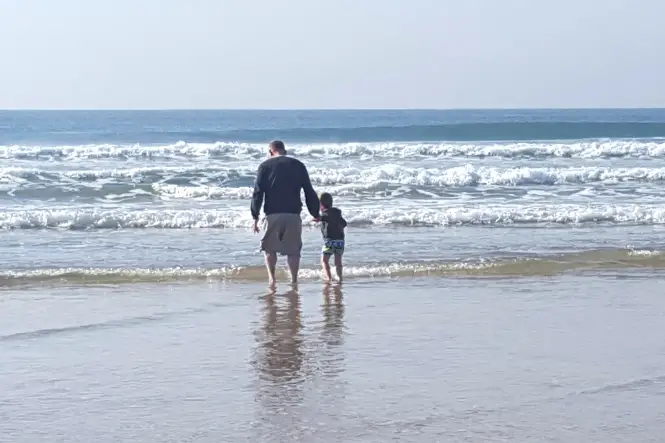Improvements in technology have brought many changes, but while most of them are positive, the advent of cyber bullying is less favourable. But what exactly is it and how can you prevent cyber bullying from happening to your child?
Table of Contents
What is Cyber Bullying?
Cyber bullying is the term that’s used to describe bullying by one or more people that uses the Internet or mobile phones to threaten, tease or cause deliberate embarrassment to someone. Like any other form of bullying, it can be very distressing for a child or adult to be the subject of cyber bullying.
Although it doesn’t involve physical harm, cyber bullying can be emotionally and mentally harmful, especially when hurtful information is used against your child on the Internet or on a mobile phone. It’s also distressing for parents to find out that their child has been the subject of cyber bullying, especially when they feel helpless to stop it.
Cyber bullying can involve various different methods, but some of the main ways are:
- Emails – receiving an email that contains upsetting information or is threatening in some way.
- Social networking – profiles that are deliberately set up to mock, tease or embarrass someone else.
- Mobile phones – receiving abusive texts, video messages or photo messages via a mobile phone. Also so-called ‘happy slapping’ attacks that involve videoing an attack on someone and sharing it with other people.
- Chatrooms and instant messaging – receiving abusive messages in chatrooms or via instant messaging.
- Interactive gaming – many games consoles and online games involve an interactive element whereby gamers can get involved in multi-player games. Sometimes bullying can occur via interactive gaming.
- Sending viruses – deliberately sending viruses to someone else, that are designed to cause harm to their computer or delete vital information, can be a form of cyber bullying.
- An abuse of personal information – personal details, such as blogs, photos, personal details or photos, can be taken and used against someone.
How Can You Prevent Cyber Bullying?
There are some practical ways of helping to prevent cyber bullying. If your child uses social networking, such as Facebook or My Space, then you can help by encouraging them to only allow actual friends to view their profiles and help them learn how to set up their privacy settings, so no unwanted eyes can view their information. Many teens share everything about their lives online, but it’s advisable to hold back with some of what is posted, and avoid putting information online that could get twisted or used in a manipulative way.
Don’t Join In
If your child ever comes across a fake profile that has been made to humiliate or taunt someone, then they should report it. Reading it and joining in with posting comments or making fun of it is taking part in cyber bullying. Likewise, if they come across mobile phone videos, texts or messages that are being spread about someone, then reporting it and not getting involved is by far the best method.
Restrict their Surfing
Parents can help reduce the risk of cyber bullying through chatrooms and interactive messages by limiting children’s use of these or ensuring children are only using Parentally Approved Chatrooms. Likewise, if your child is a gamer, and you’re concerned about cyber bullying via Interactive Gaming, then you could limit access to multi-player games or ensure your child is only involved in multi- player games with people they actually know.
Sadly, sometimes it’s not always possible to prevent every incident of cyber bullying, but if your child is affected, or you have incidents, then it’s important to report them and out the cyber bullies.




